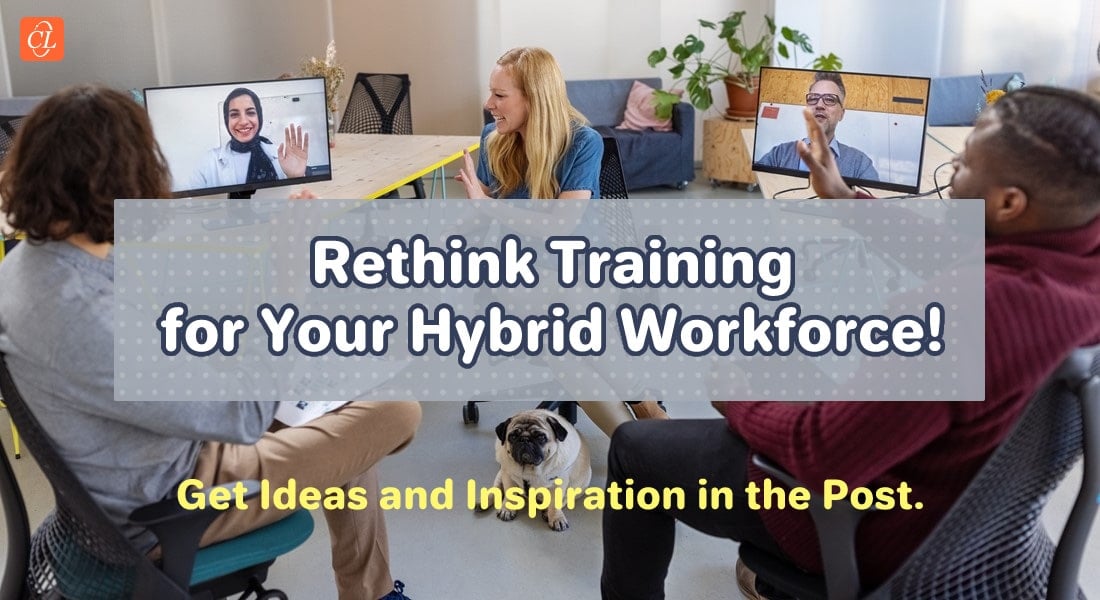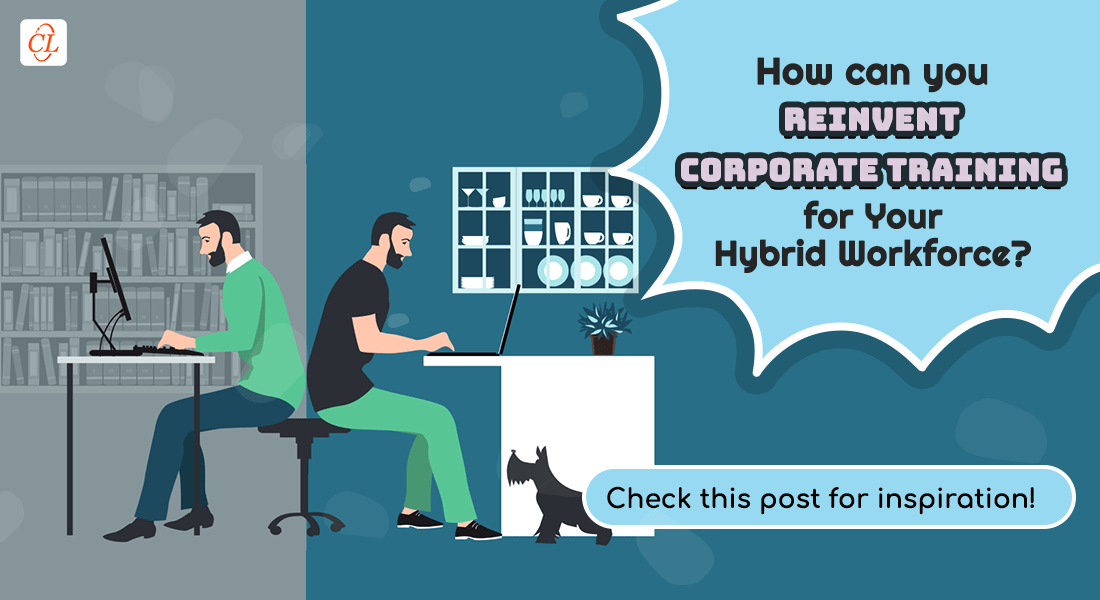How to Facilitate Hybrid Learning for Your Hybrid Workforce
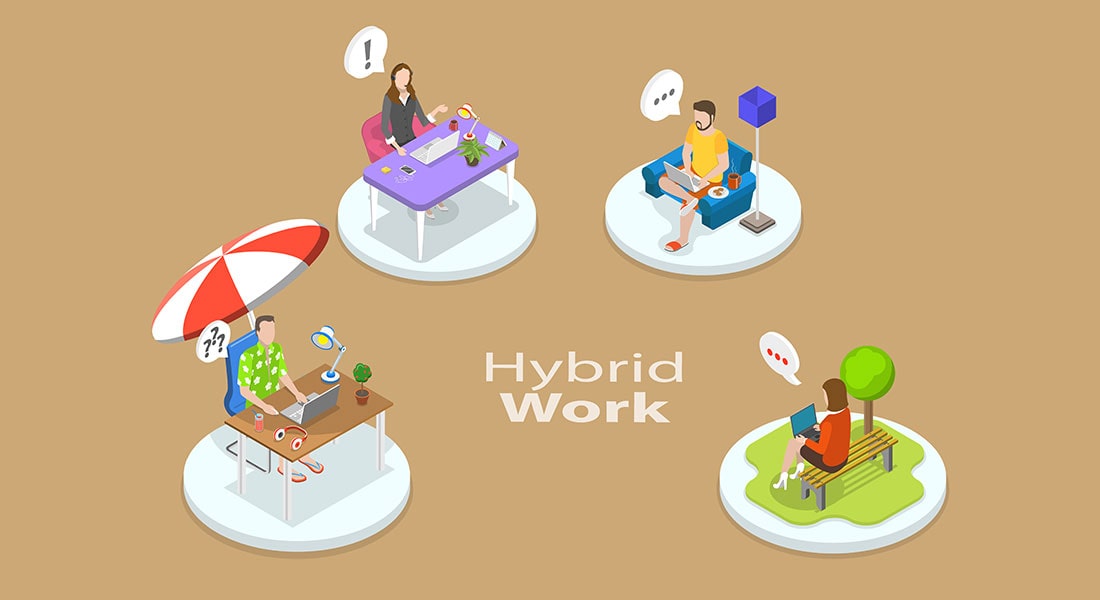
The lines between the physical office and the home office have blurred. With the rise of hybrid work models, many organizations are embracing a flexible work environment where employees split their time between onsite and remote settings. This shift presents exciting opportunities for fostering collaboration, boosting morale, and attracting top talent. However, it also introduces new challenges, particularly in the realm of learning and development. In this blog, we'll delve into the what, why, and how of facilitating successful hybrid learning for your hybrid workforce.
Eager to Facilitate Hybrid Learning for Your Hybrid Workforce?
Here are a few things covered in this blog-
- Challenges of facilitating hybrid learning
- Steps to build a robust hybrid learning strategy
- Tips to ensure success
- Future of hybrid learning
Hybrid learners have diverse needs and preferences when it comes to learning. Some may thrive in interactive, in-person workshops, while others prefer the focused environment and convenience of online custom eLearning courses. Designing effective learning experiences for this mixed workforce requires a strategic approach that caters to various learning styles and circumstances.
→ Download eBook Now: Redefining Generative AI for Dynamic L&D Teams
Challenges of Facilitating Hybrid Learning
- Ensuring equal participation: Remote learners can easily feel isolated or disengaged if not actively involved. The facilitator needs to be skilled in using technology to create a level playing field for both onsite and remote participants.
- Promoting interactivity and collaboration: Hybrid environments can restrict natural interactions and spontaneous learning opportunities. Intentional efforts are needed to design activities that encourage collaboration and knowledge sharing across physical and virtual spaces. Techniques such as VILT(Virtual Instructor-Led Training) can be quite helpful in these circumstances.
- Leveraging technology effectively: Choosing the right technology tools and platforms is crucial for seamless communication, content delivery, and collaboration. However, navigating the ever-evolving tech landscape can be overwhelming. Here are a few popular collaboration platforms to check out.
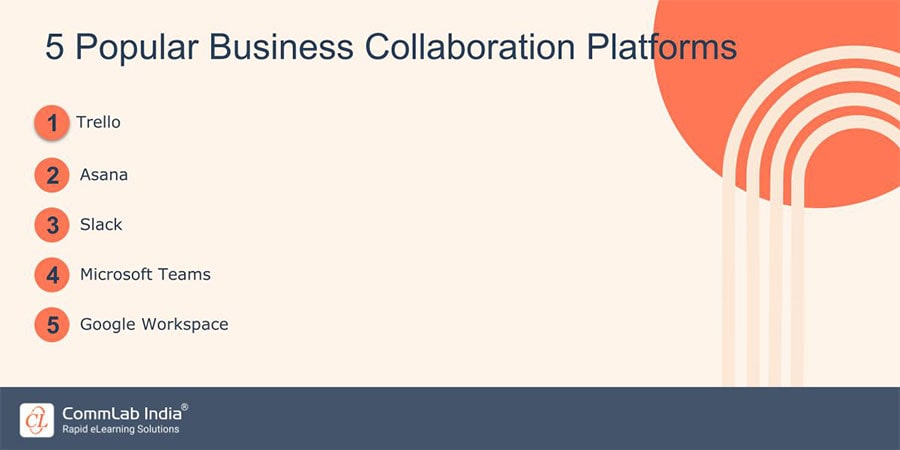
- Addressing logistical complexities: Coordinating schedules, managing equipment, and ensuring accessibility for learners with different needs adds another layer of complexity to hybrid learning programs.
Steps to Build a Robust Hybrid Learning Strategy
1. Needs Assessment
- Identify learning objectives: Clearly define the specific skills and knowledge your hybrid workforce needs to acquire.
- Analyze learner demographics: Understand the preferences, locations, and technological capabilities of your employees.
- Evaluate existing resources: Assess your internal training expertise, budget, and available technology infrastructure.
2. Content Curation and Development
- Develop a mix of learning formats: Offer a variety of learning materials, including online modules, video-based learning tutorials, interactive simulations, and in-person workshops.
- Microlearning is key: Break down complex topics into bite-sized, easily digestible modules for self-paced learning. Here are a few popular microlearning platforms -
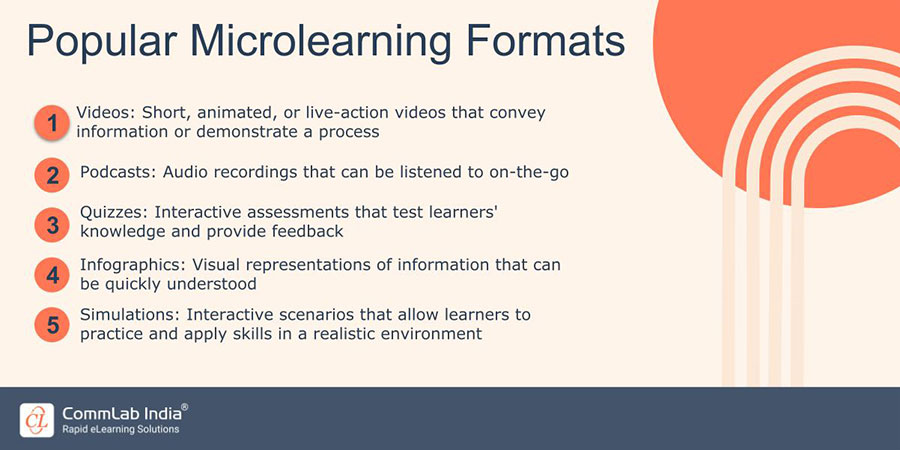
- Utilize diverse content sources: Leverage internal expertise, external vendors, and online resources to create a rich and engaging learning experience.
3. Technology Integration
- Choose a Learning Management System (LMS): Select an LMS that facilitates content delivery, progress tracking, and communication between instructors and learners.
- Invest in collaboration tools: As discussed earlier, don’t forget to utilize video conferencing platforms and other tools to enable real-time interaction and knowledge sharing between onsite and offsite participants.
- Ensure accessibility: Ensure all learning materials and technology platforms are accessible to all employees, regardless of their abilities.
4. Delivery and Facilitation
- Train your trainers: Equip your internal trainers with the skills and knowledge to effectively deliver hybrid learning experiences.
- Facilitate engagement: Encourage interaction and participation through online forums, discussion boards, and collaborative activities. Watch this short video to understand more about how you can enhance employee engagement in a hybrid workplace.
- Provide ongoing support: Offer technical assistance and guidance to learners throughout the learning process.
5. Measurement and Evaluation
- Track learner progress: Monitor engagement, completion rates, and knowledge retention through assessments and feedback mechanisms.
- Gather feedback: Regularly solicit feedback from learners to identify areas for improvement and ensure the learning experience remains relevant and effective.
- Refine your strategy: Use data and feedback to continuously refine your hybrid learning approach and optimize its impact.
A Few Tips to Ensure Success
- Variety is key: Offer a diverse range of learning formats, including instructor-led webinars, self-paced online modules, microlearning content, and in-person workshops. cater to individual preferences and learning styles.
- Interactive tools and platforms: Utilize technology that facilitates real-time interaction, such as video conferencing platforms with collaborative features, online whiteboards, and polling tools.
- Inclusive design: Ensure all learning materials and activities are accessible to learners with disabilities and those joining remotely. Caption webinars, provide transcripts, and use inclusive language.
- Focus on community: Foster a sense of community among hybrid learners through asynchronous discussion forums, virtual social events, and mentorship programs. Encourage peer-to-peer learning and knowledge sharing.
- Invest in your trainers: Equip trainers with the skills and knowledge needed to facilitate engaging and inclusive hybrid learning sessions. Provide training on using technology effectively and managing group dynamics in mixed environments.
- Seek feedback and iterate: Regularly gather feedback from learners to understand their needs and preferences. Use this feedback to refine your learning programs and ensure they are meeting your workforce's needs.
The Future of Hybrid Learning
Hybrid learning is not a temporary trend but a transformative shift in how we learn and work. By embracing this change and implementing effective strategies, organizations can unlock the full potential of their hybrid workforce, fostering a culture of continuous learning, innovation, and growth. Lastly, AI is subjected to be one of the game-changers when it comes to hybrid learning, I mean it already is, but when it comes to AI, the sky is the limit. So, as a bonus, here’s a free eBook to help you understand more about AI and its one of the most productive aspects, i.e. generative AI.



